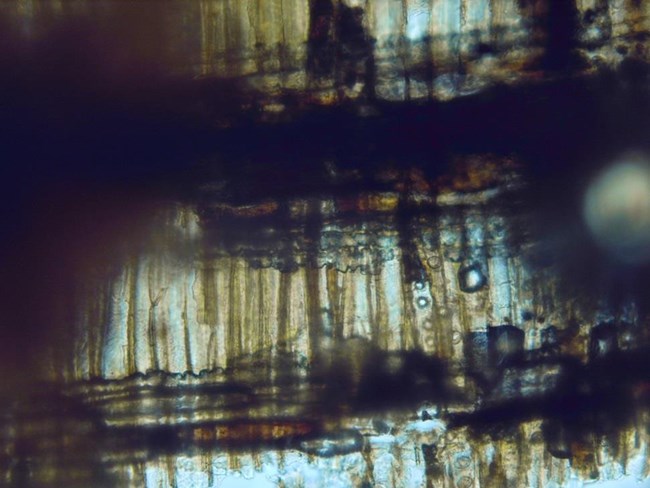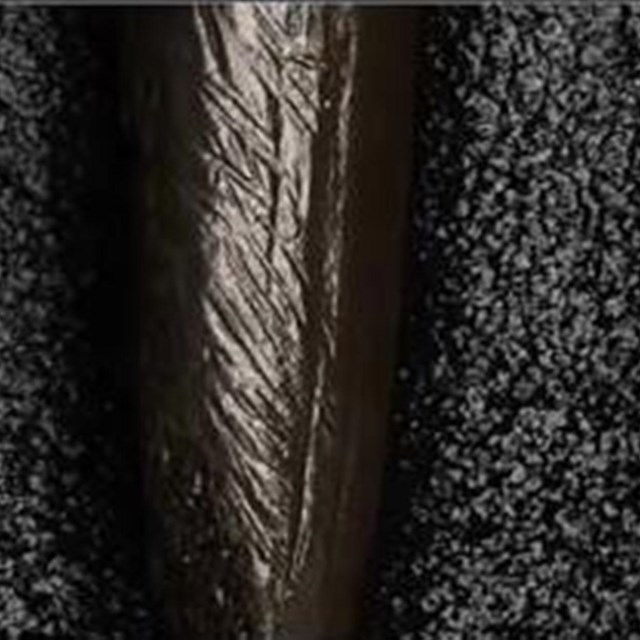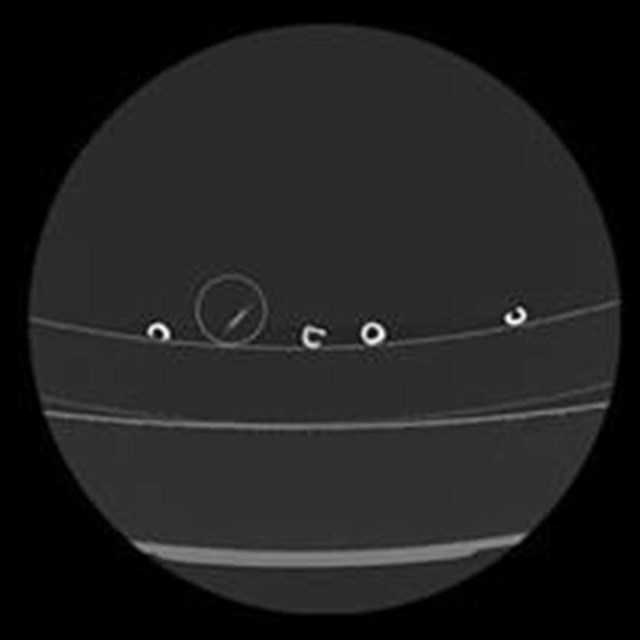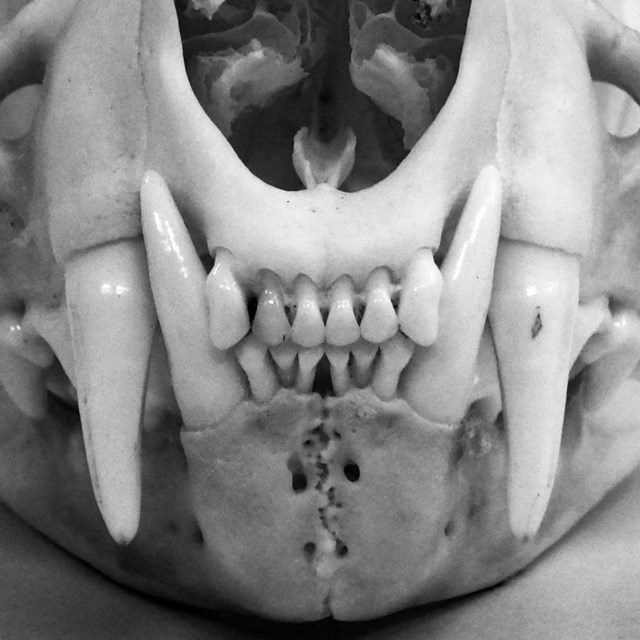
Photo by Lee Newsom
Archaeobotany is the study of plant remains from archeological sites. Archaeobotanists study plant remains ranging from microscopic pollen and seeds to wood canoes. Research partner Dr. Lee Newsom of Flagler College examined a possible wood pole and a wood shaft found inside a socketed bone point.
Newsom determined that the possible wood pole was made from a southern pine (Pinus sp.) tree. This type of pine grows locally in the Everglades area. She determined that the wooden shaft from one of the socketed bone points (EVER 80761) was made from West Indian Mahogany (Swietenia mahogoni) wood, which grows in a fairly small area of south Florida.
Studying the Archeological Site
-
 Vibracoring
VibracoringSEAC archeologist, Dr. Margo Schwadron conducted a survey of a large area around the site.
-
 Reflectance Transformation Imaging
Reflectance Transformation ImagingReflectance transformation imaging is a way of photographing an object under different angles and then manipulating the images.
-
 Computed Tomography
Computed TomographyComputed Tomography (CT) scans are used to help archeologists to examine the bone tools.
-
 Zooarcheology
ZooarcheologyZooarcheologists study animal bones, teeth, shells, horn, and other animal parts.
Last updated: July 16, 2024
